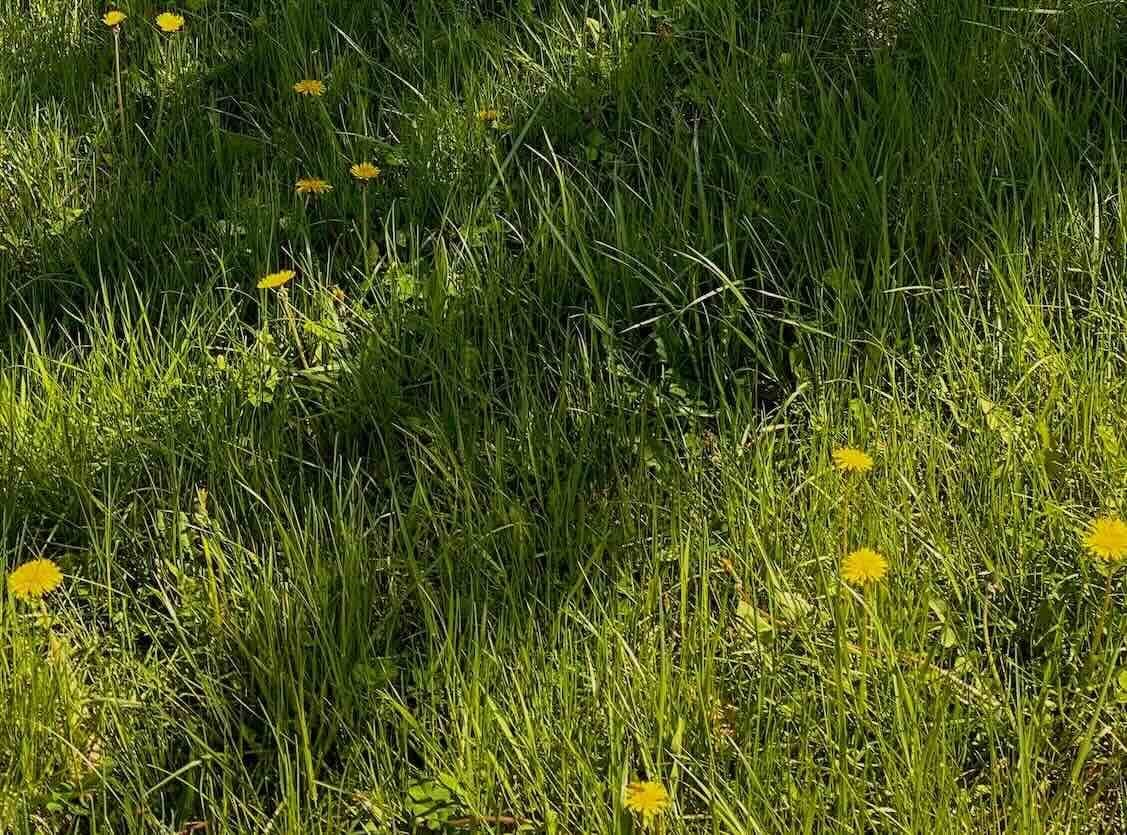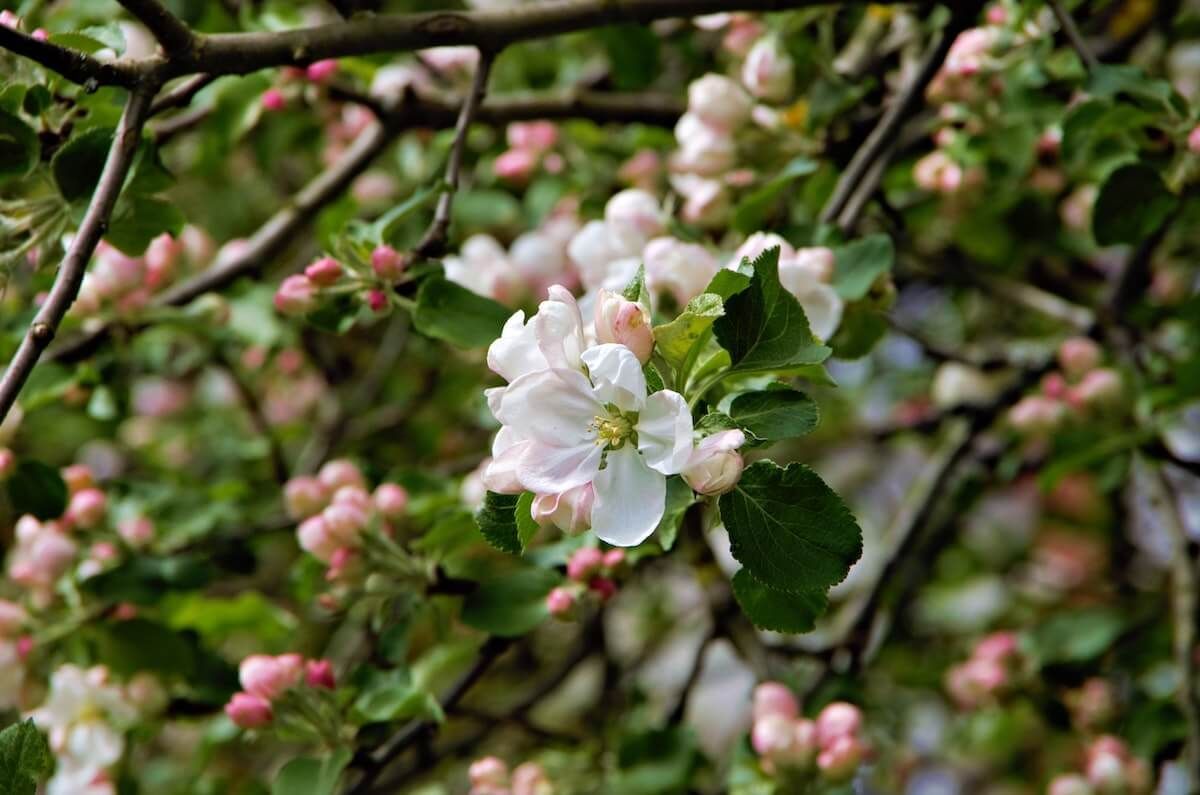Common Lawn Problems and Solutions

Even when you follow all the recommended feeding, watering, mowing, aeration, and dethatching guidelines, you can still have unforeseen problems in your lawn that are both frustrating and unpreventable.
Probably the most frustrating is the invasion of moles. There you are, walking across your lawn that you’ve worked so hard to make look like a golf course when you step on a soft spongy hill.
Then you step on another and another, until you’re ready to just explode! Moles and gophers are two of the most troublesome animal pests that can invade a lawn.
Gopher tunnels are distinguished from mole tunnels by the crescent-shaped mound of soil around the entrance of a hole.
Neither of these animals wants to eat your grass, but the tunnels they use to find food and plow through your yard, definitely detract from its appearance.
Gophers
Gophers range in length from 6 to 12 inches. They have thick bodies and small eyes and ears. If gophers invade your yard, you’re going to see a small-force invasion.
One acre can feed and house sixteen to twenty gophers. Gophers are found from Indiana west to the Pacific Ocean.
Gophers push soil out of their holes, creating distinctive fan or crescent-shaped mounds on the surface of the ground.
After digging a mound, they may close up the entrance of the hole with a soil plug. Their tunnels are about two inches in diameter and follow no pattern. They can be a few inches to two feet below the soil and can run significant lengths.
The best way to control gophers is to drive the pest away. In order to do that, you must find all the entrances to its tunnel.
Tip
To identify all the entrances to a gopher hole you will need a lawn mower and a hose.
Step 1: Place one end of the hose in the gopher hole, then seal the entrance.
Step 2: Place oil in the end of the exhaust to create smoke.
Step 3: Place the other end of the hose on the exhaust
This will cause smoke to fill the trails, allowing you to see all the entrances. You may also see gophers emerging from these holes.
Once all the holes are identified, you can seal them with piles of soil while you continue to blow exhaust from the power mower into the tunnel.
This will kill the entire inhabitant with poisonous carbon monoxide fumes. You can also put sulfur into the holes and seal all the entrances. Gophers will also abandon holes with ammonia-soaked sponges.
Moles
Another common animal pest is the mole. They do not eat plants, but they do eat lots of grubs, beetles, earthworms, and other soil dwellers.
Although that aspect of the mole is attractive, unfortunately, it damages the root systems in lawns by burrowing close to the surface in its search for food.
Moles can also spread disease among the plants and grasses. Moles are found throughout the entire United States.
In their search for food, the mole will make an extensive network of tunnels. Believe it or not, only a couple of moles probably make all those molehills in your yard. This is where they differ greatly from the gopher, where you may have dozens.
To control and rid your yard of moles, you must first know which lanes in your yard are used as travel lanes. The following describes the best way to make this determination.
Tip
Determining Travel Lanes for Moles
Step One: Mark all molehills in your yard with stones or stakes.
Step Two: Gently step on several places in all the hills just enough to disturb the hill, but not crush it.
Step Three: Mark all the places that you disturbed the trail with a stone.
Step Four: Check the areas again the following day, and every day thereafter to determine which spots you disturbed are restored.
This will tell you exactly which lanes are the travel lanes for the mole.
Once the lanes are determined, you may begin trapping the moles for eradication. To trap a mole, place a trap only in the travel lanes.
You can restore your lawn by using a lawn roller or similar device to flatten the hills back flush with the ground.
Dog Urine
Another common problem that cannot be controlled by general lawn care and maintenance is the presence of dogs that enter your yard and use it as a restroom.
Outside dogs cannot be controlled, but if it’s our own dog, make sure it has a designated place to relieve itself, other than on your neatly manicured lawn.
Female dog urine is especially harmful to lawns. This problem can be distinguished from other diseases and insect invasions in that there will be a large brown spot, surrounded by a bright green lawn.
Once a dog begins urinating in a particular spot, they’re likely to continue to do so until trained otherwise.
If yours or someone else’s dog is urinating on your lawn, killing your grass, the best remedy is to first, take care of the problem, then secondly, water that spot thoroughly to wash away the urine residue.
Eventually, the grass will rejuvenate itself. If it doesn’t, you may need to reseal the lawn in that area.
Repairing Bare Spots in the Lawn
Disease, insects, and lack of prior maintenance, as well as many other reasons, can cause bare spots on your lawn.
Once you have decided to take the steps to maintain your lawn properly, it is important that you repair any bare spots that remain after the treatments begin.
Also, it may be necessary from time to time to repair bare spots that were created by disease or an invasion of pests.
It’s important to repair the bare spots to prevent more damage to your lawn. Your lawn holds soil in place and when grass is not growing, weather and foot traffic will create ruts. These ruts may increase the size of the bare spot.
Also, if grass is not growing in an area, weeds will probably thrive there. Weeds are much more adaptable and can thrive in the worst of conditions.
Even the conditions that caused that bare spot in the first place. Eventually, the weeds will seed themselves and spread into other areas of your lawn.
This will cause you additional work in the long run. An actively growing lawn is your best defense against weeds.
Before you can repair the bare spot, you must first diagnose what caused it. Use prior sections in this book to determine what the most likely culprit for the bare spots is.
Once determined, take all necessary steps to eliminate the underlying cause before repairing the damaged area in your lawn.
Once you have taken care of the underlying cause of the damage, the method you use to repair the problem will depend on the initial cause of the problem. Some areas will respond much better to seed than sod and vice versa.
The best time to repair these bare spots is in the early spring when the air is still cool and the lawn is just starting to grow. This will help your new lawn blend into the existing lawn with better ease.
If you are repairing a larger bare spot, sod may be your better choice. Dig up the entire area and remove a one-inch layer of soil.
Incorporate a thin layer of compost and gently rake out the surface. Then, using a roller, firm down the surface of the spot so that it is one inch lower than the level of the surrounding lawn.
Lay out strips of sod to cover the area. Overlap the strips onto the existing lawn. When the strips are in place, cut to fit the bare spot’s shape.
Make sure to position the cut sod in place by butting the edges of each strip tightly to the others. Water in deeply so that the grass and soil beneath are completely soaked.
Shady Lawns
Sometimes bare spots are caused by shade instead of disease or pest infestations. If this is the case, you may want to consider other alternatives to a lawn in that particular area.
Turf grasses need at least four hours of direct sunlight each day to maintain vigor and color. If your lawn receives an insufficient amount of sun because it’s under trees, or perhaps facing a north wall or hedge, you may see thin turf that is more prone to pests and disease than areas that get the minimum amount of sunlight per day.
There are several ways to handle shady areas of your yard. One such remedy is to purchase shade-tolerant lawngrass, which is available in many areas in both sod and seed form. Overseed the existing lawn, or remove and replace the existing area with a shade-tolerant variety.
Another option would be to forgo the lawn together and plant a ground cover that leaves shade. Many groundcovers thrive in areas under trees and shrubs and spread fast for that lush green color that is missing in the affected area.
Some of the shade-loving ground covers are Carpet Bugle, English Ivy, Wintercreeper Euonymus, and Pachysandra. Shade-tolerant grasses include Red Fescue, Fine Fescue, Kentucky Bluegrass “Bristol”, and Zoysia.











